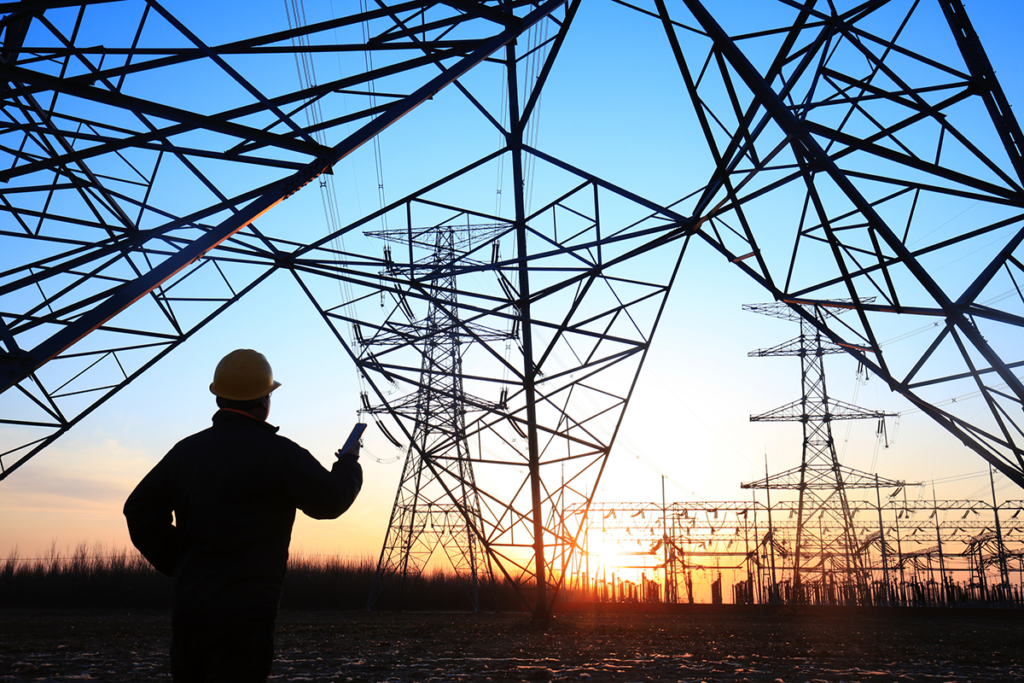Electricity powers your home, which keeps the lights on, your devices powered, and cold air blasting all summer long! As long as all of these things keep working, you probably don’t overthink where this energy comes from.
You know it comes from a power plant, but how? And is this power ever in danger of running out, compared to our demand for it? Read on to find out!
How Power Gets to Your Home
First of all, as you may know, the power that comes to your house uses an alternating current (AC), not direct current (DC) (which just flows In one direction instead of two). Batteries are an example of DC. But, it turns out, it is easier to generate AC in large quantities, using a huge generator.
Once this power is generated, it goes into what is called a transmission substation. This, as you can guess, prepares the power to be transmitted a long way, and it does this by ramping up the voltage, which is basically the pressure put on the electrons. With higher pressure, the electricity can travel farther!
But the electricity doesn’t just travel directly from this substation to your home, because it’s actually too high-powered! It would be very dangerous if that much voltage entered your home. So the AC goes to an electrical substation (you may know what these look like, since they can be seen out in the country), where the voltage drops down to something way more manageable. From there, the electricity can travel the rest of the way on utility poles, and through the transformer drum near your house. This is a barrel-like apparatus you’ll see attached to utility poles, and what this does is reduce the voltage even further, so that the AC can safely travel down the grounding wire to your electrical meter! (Yes, the energy entering your home actually passes through the meter first, which is how the meter records your energy usage.)
Why are we telling you this? Well, not only because it’s interesting, but because this explanation sets up our main question: “Could this power run out?”
Is the Power Running Out?
Well, the problem is, energy capacity is limited to how many power plants — how many generators — there are. And while the number of generators and power plants is pretty stable, economic growth is happening much more quickly. So there is an increase in demand, and this can be bad when summer heat waves hit. Heat waves can cause new records in total electricity consumption, and it’s very possible we don’t have the power to generate that!
One of the main, ongoing solutions to this problem is either government or private funding for constructing new power plants, as well as new transmission systems. And of course, there are renewable electricity resources like solar, wind, biomass and hydropower.
Even though the demand for electricity is increasing, and we may be running out of sustainable energy to continue to power our lifestyles, this is a long-term problem, not a short-term problem. You don’t have to worry about running out of power anytime soon!

